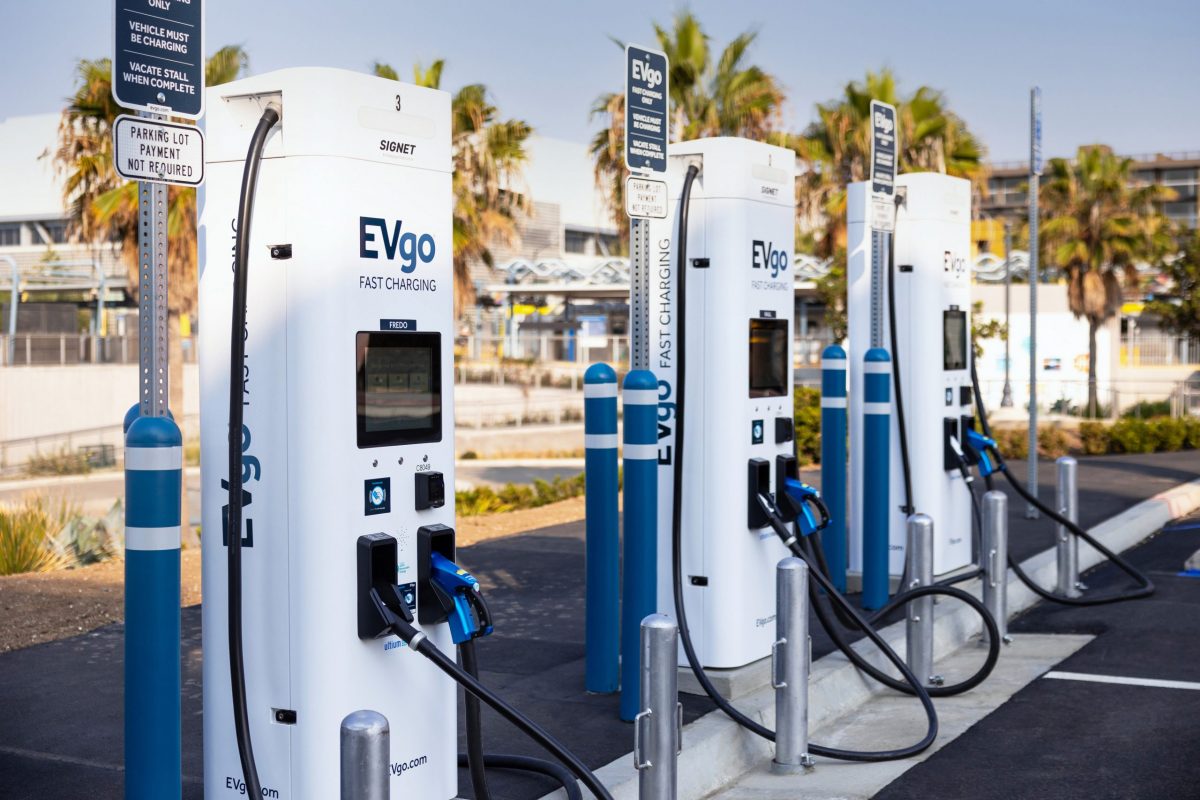OEMs and suppliers have been focused on ensuring their powertrains can meet a fuel economy target of 54.5mpg by 2025. Yet, speaking at Automotive Megatrends USA, the Chief of Corporate Average Fuel Economy (CAFE) Program Office, US Department of Transporation (DoT) Volpe Centre, Kevin Green suggests that the figure is not set in stone.
Fluid concept
In an interview with Automotive World, Green outlined what the Environmental Protection Agency’s (EPA’s) 54.5mpg target entails, and explained why the standards are actually malleable. “54.5mpg is the way in which EPA explains the stringency of its standards, which are harmonised with the DoT standards if all of the requirements are met through fuel economy improvements,” he describes.

However, there is a vital difference between the EPA’s and the DoT’s standards. The EPA’s standards acknowledge greenhouse gas (GHG) reduction achieved through reducing leakage of air conditioning systems and switching to refrigerants that have a lower global warming potential. “DoT’s standards are fuel economy standards. Those improvements to air conditioning systems to address their global warming potential don’t really improve fuel economy, so they don’t get credit towards standards,” he says.
This is the fundamental difference between the 49.5mpg standards illustrated by the EPA, and the 54.5mpg estimated by the DoT. Green thinks the gap of 5mpg is attributed to savings predominately through more efficient air conditioning systems. “The corresponding number for DoT is either 49.5 or 48.5mpg,” he said.
The analysis
During its 2012 analysis of fuel economy standards, Green says that the DoT used two different fleets in order to estimate realistic targets. “The first test was based on a 2008 model year fleet, and the second on a 2010 model year fleet. “When we used the 2008 fleet, we estimated that the average requirement would be 49.5mpg, which corresponds to EPA’s 54.5mpg. When we used the 2010 fleet, we estimated that value would be 48.5mpg,” he says.
Yet, both of these conclusions are “uncertain,” says Green. This, he suggests, is down to the fact that neither the DoT nor the EPA are able to predict the fleet mix of 2025: “We don’t know, and the manufacturers don’t know, what vehicles are going to sell in 2025. As we have seen, with gas prices falling, the light trucks are becoming popular again – it’s just one example of markets changing and evolving, and we can’t predict them with certainty.”
As the average requirements for fuel economy depend on fleet mix, Green believes the 54.5mpg estimate may well be subject to change. “It was an estimate that was made by the EPA in 2012 as to what might happen 13 years hence. None of us know what the fleet composition is going to be in 2025, so we can’t know for certain what that requirement is going to be,” he says.
Michael Nash



